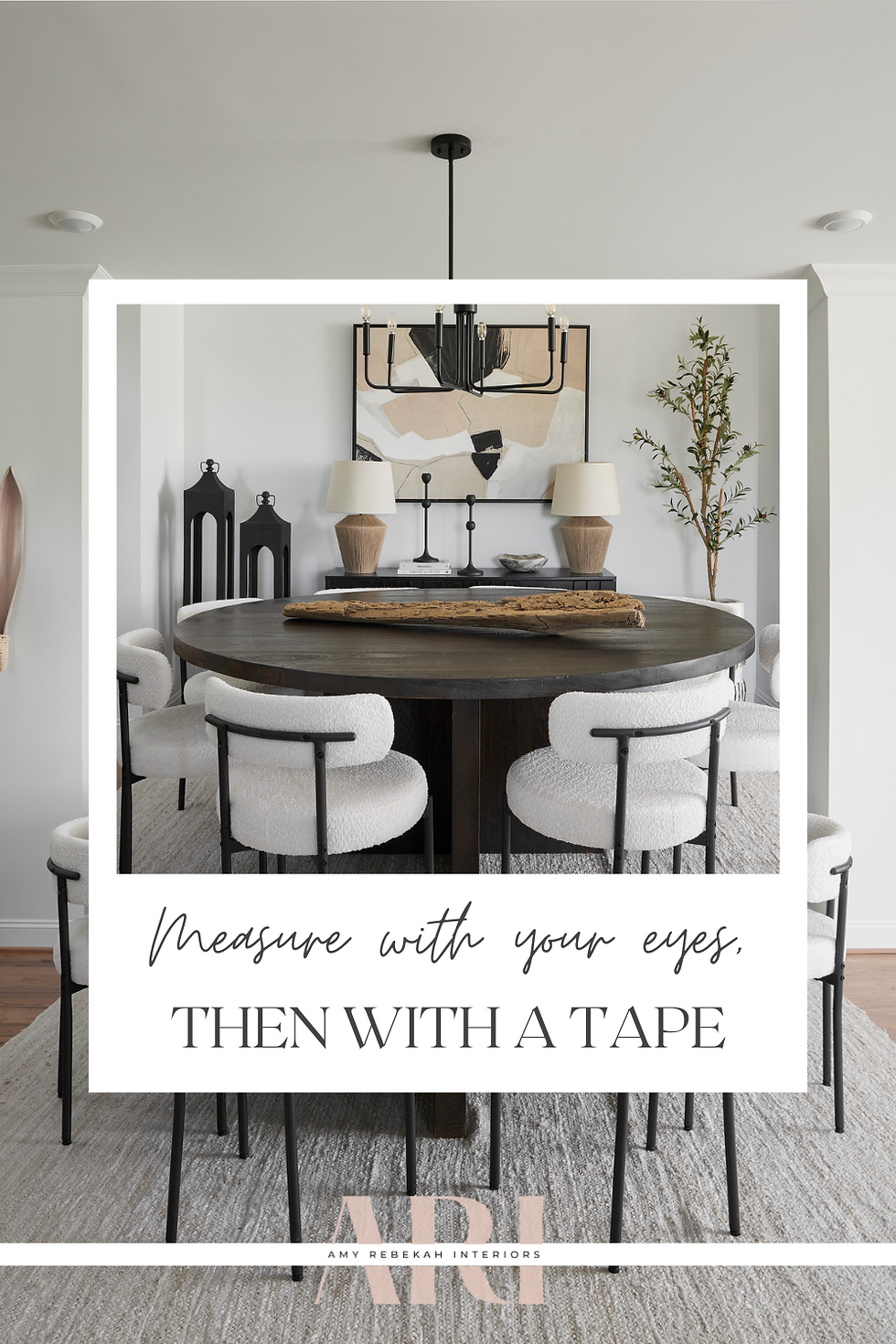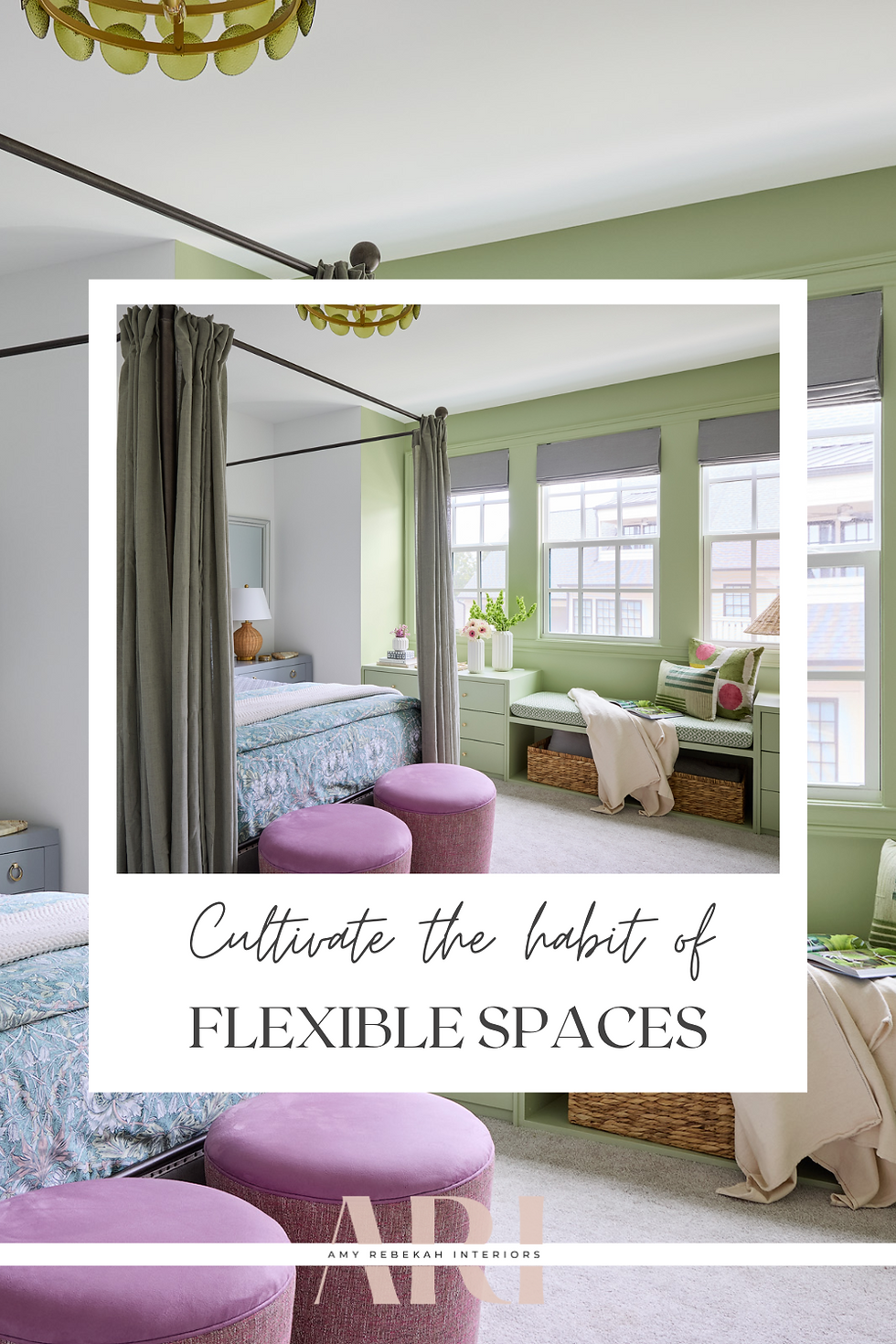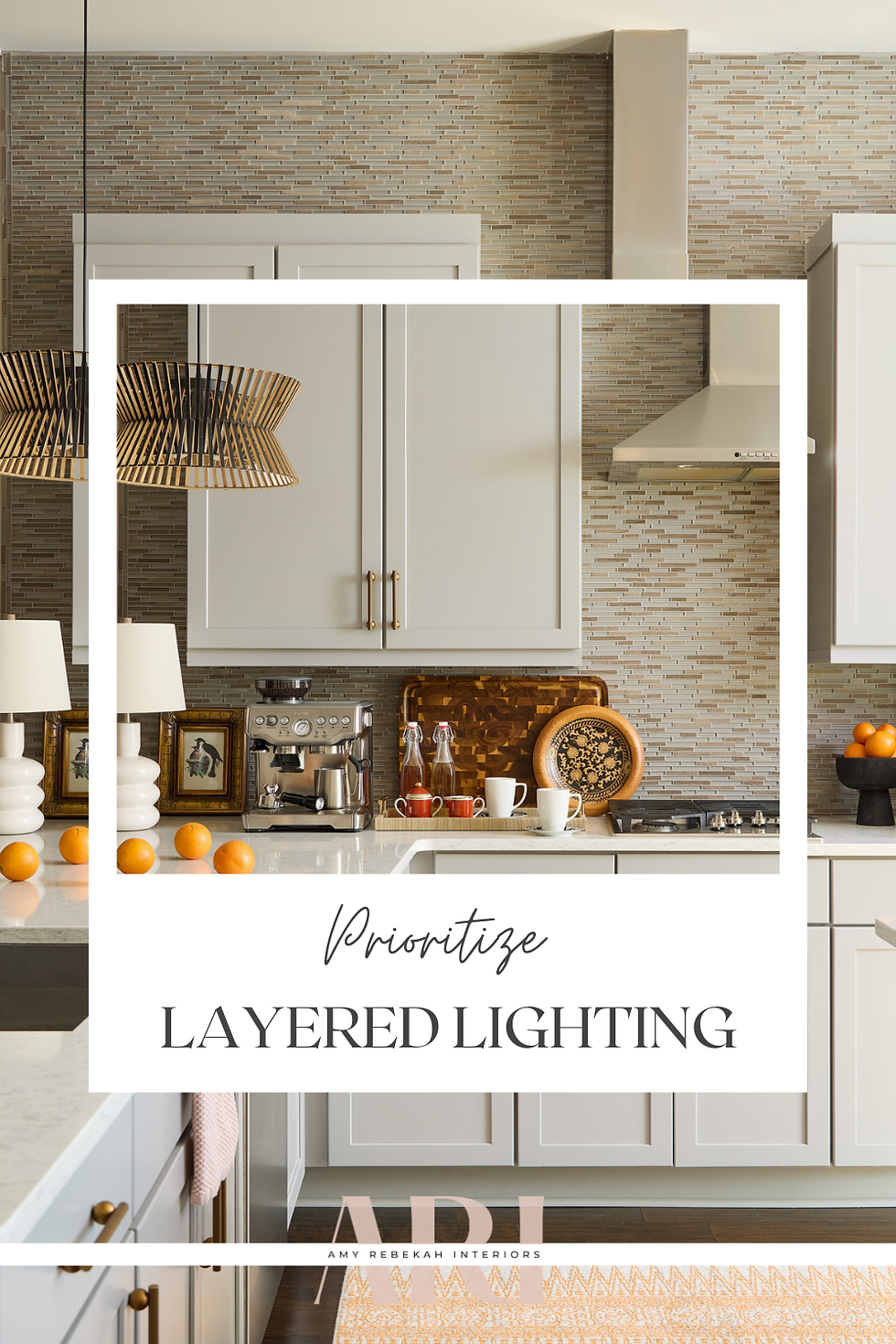Interior Design Habits to Make (Not Break)
- amyodeneal
- Sep 29
- 3 min read

Everyone talks about the design habits you should break. But what if the real secret to a beautifully curated home is all about the habits you start? Instead of focusing on what you’re doing wrong, let’s flip the script. Here are fresh interior design habits to embrace, ones that will help you design spaces that feel effortless, personal, and intentional. These are practical, spirited, and a little unexpected; just the kind of design habits you’ll actually want to keep!
Think sculptural, not just functional

Furniture isn’t just for sitting or storing, it’s art you live with. Make it a habit to see your pieces not only for their function but as sculptural elements that bring personality and visual interest. For example, a single “look-at-me” dining chair or side table with architectural curves or bold shapes can act like artwork within your room. This little habit elevates a space instantly, creating a bespoke, gallery-like feel without needing a wall full of paintings.
Next time you’re shopping or styling a room, pause to ask: Would I want this if it wasn’t practical? If yes, you’re on the right track.
Measure with your eyes, then with a tape

Many design mishaps start with poor scale or proportion. Before breaking out the tape measure, make it a habit to “see” a piece in the space mentally. Step back and imagine the size of the sofa or art in your room. This trains your design intuition and helps prevent the frustration of buying something too large or small.
Then, and only then, grab the tape for exact measurements. This habit of combining visual estimation with precise measurement is what separates confident design choices from impulse buys.
Hang drapery like you're framing a masterpiece

Hanging curtains high and wide is a simple but transformative habit. Most people hang drapes just above the window frame, but raising the rod close to the ceiling, say 6-12 inches above the window, and extending it beyond the frame 4-6 inches creates tall, dramatic windows that flood the room with light.
This technique also creates the illusion of height, making spaces feel larger and more luxurious. Think of your curtains as picture frames and your windows as the artwork; you wouldn’t hang a masterpiece too low on a gallery wall, would you?
Mix materials like a pro chef mixes flavors

Great design is all about balance, and texture is a big part of that. Make it a habit to mix materials and surfaces for visual and tactile richness. This could mean pairing a soft velvet chair against a rustic wood table or combining matte metals with polished stone.
This layering approach keeps spaces from feeling “flat” or overly matchy. Just like a chef layers flavors for complexity, layering textures makes your space feel curated and inviting.
Cultivate the habit of flexible spaces

Stiff boundaries can stifle creativity and your home’s potential. Create the habit of reimagining spaces beyond their traditional labels. Could your guest room double as a yoga studio or home office? What if your dining room could also be the ultimate lounge or reading nook on the weekend?
This flexible mindset encourages you to maximize every square foot and adapt your home as your lifestyle evolves. A multi-use approach also allows you to experiment with new colors, layouts, or usages without a full renovation.
Prioritize layered lighting

Good lighting is often the unsung hero in great design. Make it a habit to layer different types of lighting in every room: ambient lighting (overhead fixtures that provide overall illumination), task lighting (focused lights like desk lamps or under-cabinet lights that highlight work surfaces), and accent lighting (decorative lights such as sconces or picture lights that add drama and highlight architectural or art features). create mood and flexibility.
This habit improves both function and ambiance, making spaces feel warm, welcoming, and adaptable to various activities. Use your lighting to create the mood and provide flexibility to your space.
Bonus Habit: Celebrate the beautifully imperfect

Don’t shy away from imperfections. Make it a habit to see the beauty in worn-in furniture, slightly chipped pottery, or a vintage rug with character. These “flaws” add warmth and authenticity, transforming your home into a space with soul rather than a showroom.
Why these Interior Design habits matter
Building the right habits isn’t about rigid rules or trends; it’s about a mindset that helps you approach interior design with confidence, joy, and creativity. When you cultivate these fresh habits, your home will feel uniquely tailored to you without stress or second-guessing.
Try picking one or two to focus on this season. Watch how these small shifts ripple through your space, making your design process more delightful and your rooms more yours.

Comments